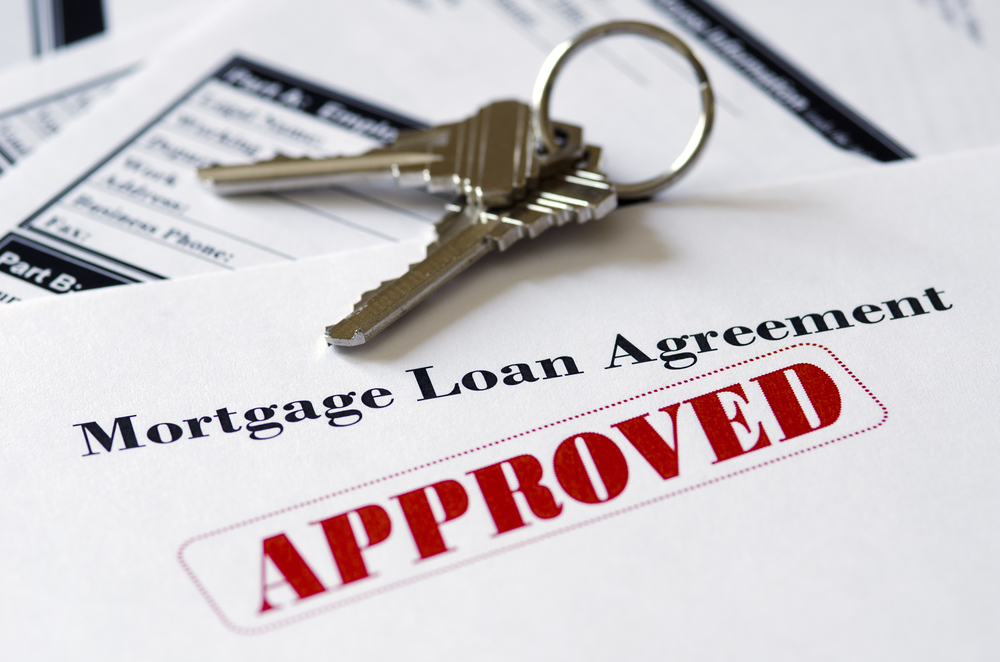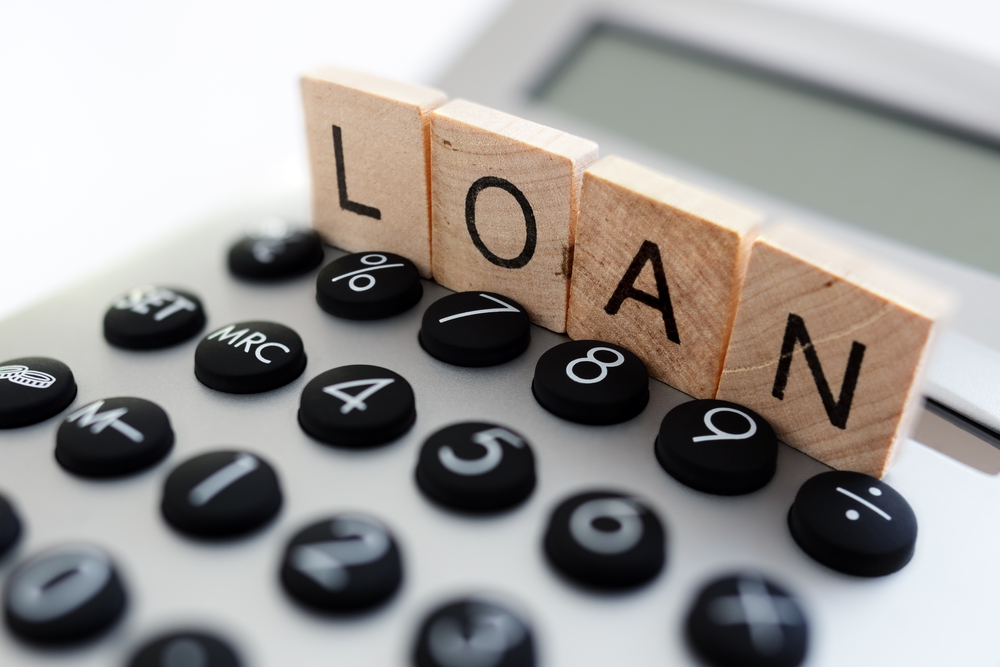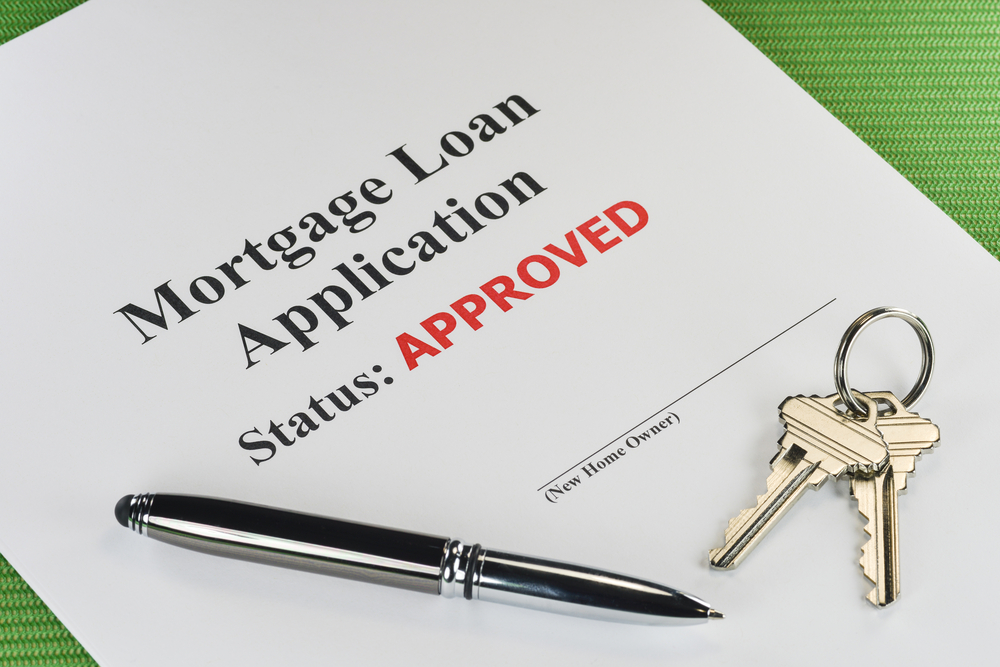Between down payment requirements and tougher credit guidelines, qualifying for a mortgage is anything but easy. Mortgage lenders reject about 1 in 2 refinance applications, and about 30% of purchasers are denied a mortgage, according to Bankrate.com.
A mortgage rejection can come as a surprise and cause a lot of self-doubt, but you don’t have to take “no” for an answer. Here are four ways to turn a mortgage rejection into an acceptance.
-
Get your name off a cosigned loan
Some people don’t fully understand the impact of cosigning a loan. If you cosign a loan or credit card, this account shows up on your credit history and increases your debt-to-income ratio. Too much debt can make it harder to qualify for a mortgage and reduce purchasing power. You’re a joint borrower, so you can’t tell the bank to remove your name from the loan. But you can ask the primary signer to refinance the loan in his name only, which involves applying for a new loan to replace the old loan. Once the old loan is paid off, you’re no longer liable for the debt, which improves your debt-to-income ratio.
-
Build up your savings account
Banks require a lot of information from borrowers, including bank account statements. This is how lenders check to make sure applicants have enough assets to pay the down payment and closing costs. If you don’t have enough cash in savings, the bank isn’t going to approve the mortgage application and waste time going through the lending process.
Typically, you need a down payment between 3.5% and 5% to purchase a home. If you don’t have enough in reserves, the bank will reject your application until you’ve built up your savings.
-
Fix credit report errors
One of the biggest mistakes you can make when purchasing a house is forgetting to check your credit report beforehand. Lenders will pull your credit report to review your debt and payment history. And unfortunately, it only takes one error or mistake to trigger a mortgage rejection. It doesn’t matter if you’re a victim of fraud, or if creditors report wrong information on your credit report, you can’t qualify for a mortgage until the matter is resolved, which could take weeks or months.
If you’re thinking about buying a house, begin checking your credit report at least six to 12 months prior to submitting a home loan application. You can request a free credit report from each of the bureaus annually, and checking your own credit report doesn’t result in an inquiry. Visit annualcreditreport.com to order your copies.
-
Get a mortgage with a local or community bank
Big or national banks have tougher lending guidelines. If you don’t fit a certain criteria, it may be harder to get a mortgage. But if you work with a local or a community bank that doesn’t sell their mortgages to Fannie Mae or Freddie Mac it can be easier to qualify if you’re a self-employed borrower with irregular income, have a low credit score, or if you don’t have enough for a down payment. Smaller banks are sometimes more flexible with their lending standards and offer speciality products to assist borrowers who can’t qualify elsewhere.








